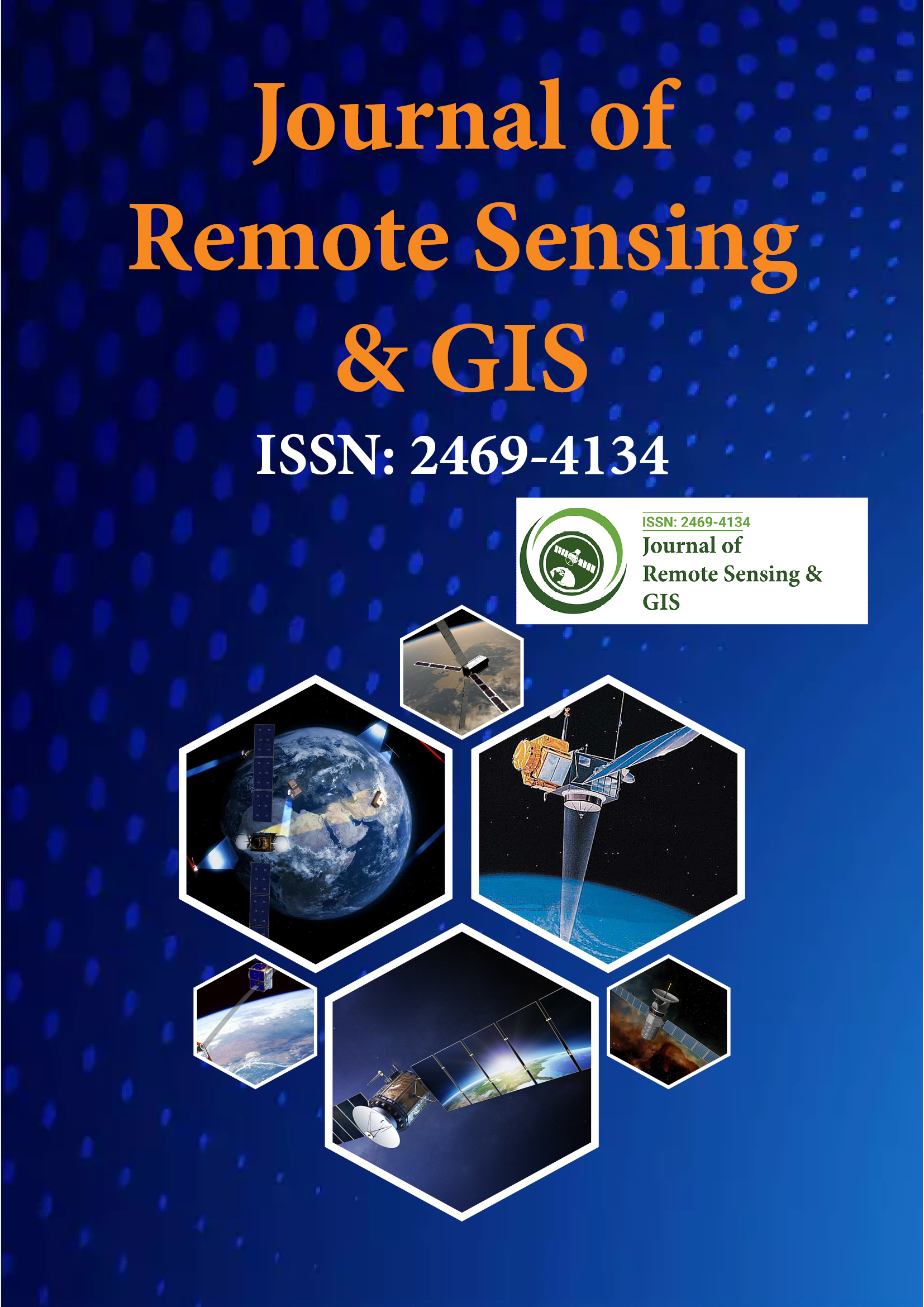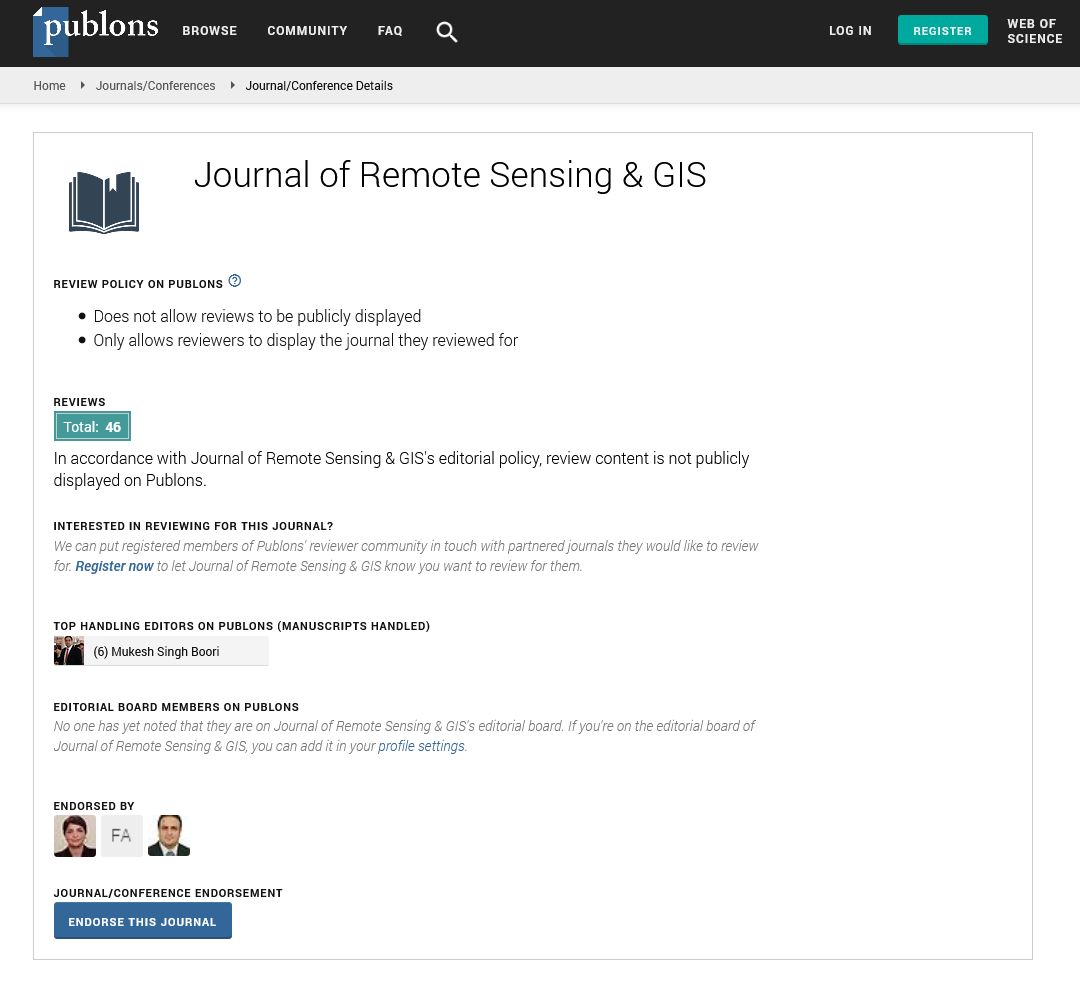Indexed In
- Open J Gate
- RefSeek
- Hamdard University
- EBSCO A-Z
- OCLC- WorldCat
- Publons
- International Scientific Indexing
- Euro Pub
- Google Scholar
Useful Links
Share This Page
Journal Flyer

Open Access Journals
- Agri and Aquaculture
- Biochemistry
- Bioinformatics & Systems Biology
- Business & Management
- Chemistry
- Clinical Sciences
- Engineering
- Food & Nutrition
- General Science
- Genetics & Molecular Biology
- Immunology & Microbiology
- Medical Sciences
- Neuroscience & Psychology
- Nursing & Health Care
- Pharmaceutical Sciences
Abstract
Quantifying Carbon Sequestration of Forest Ecosystem Using GIS and Remote Sensing: The Case of Yeraba State Forest East Gojjam Zone Amhara Regional State
Understanding and accurately quantifying carbon stocks in forest ecosystems are critical for climate change mitigation and sustainable forest management. This study by Tilahun Abie employs a Geographic Information System (GIS) and remote sensing data to assess carbon sequestration in the Yeraba State Forest, Ethiopia. The research aims to offer reliable information on forest carbon stocks for forest administrators, policymakers, and development agents. Through the use of allometric equations and advanced remote sensing techniques, specifically Sentinel-2 imagery, the study quantifies Above-Ground Biomass (AGB) and carbon stock, in addition to other carbon pools including Below- Ground Biomass (BGC), litter biomass, and Soil Organic Carbon (SOC). The robustness of various vegetation indices in estimating the carbon stock is examined, with the Variable Difference Vegetation Index (VDVI) showing the strongest correlation with the Above-Ground Carbon Stock (AGCS). The study also investigates the influence of environmental factors such as altitude, slope, and aspect on the spatial distribution of carbon densities across the forest. These factors exhibit different patterns of influence across AGC, BGC, litter carbon, and SOC concentrations. Notably, the total carbon stock of the studied forest ranged from 191.93 to 625.79 ton/hectare, with an average density of 408.86 ton/hectare. The research demonstrates the efficacy of combining field-measured data with satellite imagery for the assessment of carbon stocks in forest ecosystems. The study notably provides methodological insights into the use of GIS and remote sensing for ecosystem service assessment and offers valuable contributions to the literature on forest carbon storage and dynamics. This comprehensive approach emphasizes the ecological and economic significance of forests and presents an essential tool for monitoring forest-based carbon sequestration as part of contributing to global carbon cycle understanding and achieving sustainable forest utilization policies.
Published Date: 2025-05-08; Received Date: 2023-11-29

